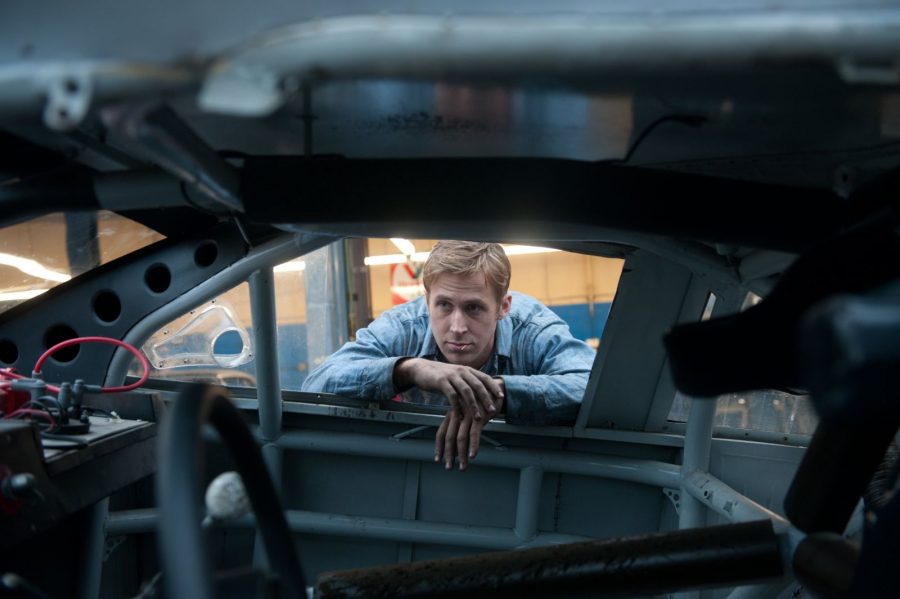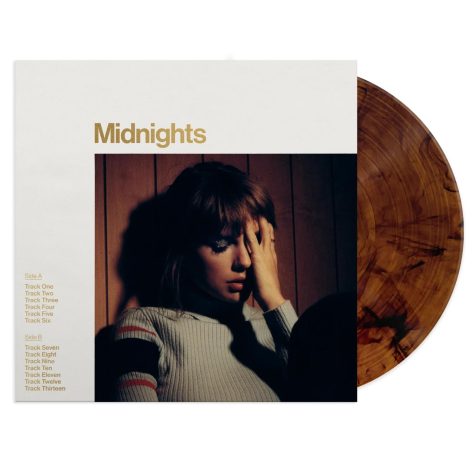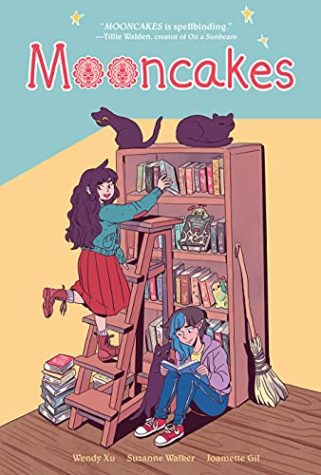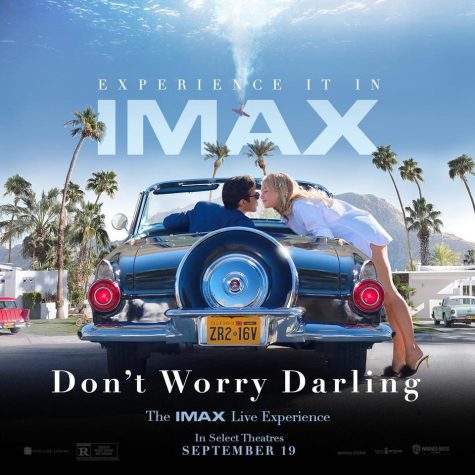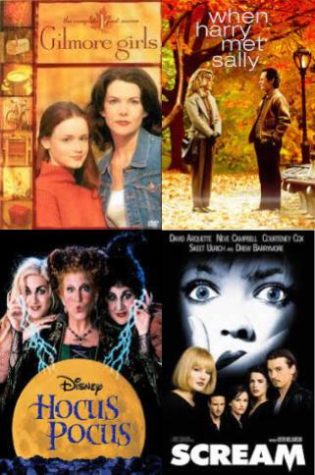“Drive” – A Real Hero of Indie Cinema
A tribute to the wonderful 2011 film, “Drive,” which, as of September 18, just celebrated its fifth anniversary.
September 19, 2016
Half a decade ago in the summer of 2011, audiences had been treated to a season of fairly dissatisfying blockbusters, amongst which were titles such as Michael Bay’s, “Transformers 3: Dark of the Moon,” and the now-infamous “Green Lantern.” So, when Nicolas Winding Refn’s “Drive” made its domestic release on September 16, audiences found themselves fondly surprised and bewildered with a film, that despite its lack of CG, managed to keep people enthralled throughout. It was a hit, making $78.1 million in the box-office and announcing Refn’s debut in the American film industry. “Drive” saved 2011 from being another cinematically bland year — a real hero of indie films worldwide.
Based off of James Sallis’ 2005 novel of the same name, “Drive” was adapted into its script-form by the Academy-Award nominated screenwriter, Hossein Amini, and was announced in early 2008, with Neil Marshall set to direct and with Hugh Jackman to play the part of Driver, the main character. This production eventually lost traction and fell into shambles in early 2010 when Marshall and Jackman left the project. Shortly thereafter, Ryan Gosling, intrigued by the neo-noir story and the mysterious protagonist, signed on. He was allowed to pick who he wanted to direct the picture and opted for Refn, as he had admired the Danish filmmaker’s prior works (“Bronson,” “Valhalla Rising,” etc.). By the spring of 2010, the stage was set for production.
With a budget of $15 million, Refn decisively chose to shoot in downtown Los Angeles, scouting out locations on midnight drives with Gosling. This choice attributed to the nocturnal atmosphere that the film put out, with its neon lighting, rundown buildings, and shadowy car interiors. Refn rented a house in LA, insisting that the cast and screenwriter move in with him so they could work as much as possible. This also provided Refn with further time to perfect Amini’s script and trim Driver’s dialogue, which he wanted to keep at a minimum. He did this in an attempt to channel the classic silence that the lone-wanderer character archetype (displayed in classic Westerns; i.e. “the Good, the Bad, and the Ugly”) so often displayed. Shooting began on September 25, 2010.
After reading the script for the first time, Refn found himself enamored, less with the story, as opposed to the general concept of Driver having a split lifestyle, as a stuntman by day and a getaway driver by night. Refn swept away in that idea, chose to make the film more of a character-driven tale (pardon the pun), rather than a run-of-the-mill heist-gone-wrong movie — focusing on how Driver reacted to the actions of others and how he changed as the plot progressed. This central notion of making “Drive” a character-study is not only conveyed in the way that the story unfolds, but in the way that it was shot. Notice that throughout the assorted chase-scenes in the film, the camera never once leaves the confines of Driver’s vehicle; this is done to express Driver’s internal thoughts and emotions without directly telling the audience. This means of character progression and indirect exposition is almost an anomaly in today’s cinematic world and it is highly effective in allowing viewers to empathize with the character(s) onscreen.
The plot, itself, centers around the aforementioned Driver, who by day is managed by Shannon (Bryan Cranston) both as a car mechanic and as a movie stuntman, and in the night, drives for criminals, giving them the same set of rules every time: “There’s a hundred-thousand streets in this city. You don’t need to know the route. You give me a time and a place, I give you a five minute window. Anything happens in that five minutes and I’m yours. No matter what. Anything happens a minute either side of that and you’re on your own. Do you understand?” From this quote it can be surmised that Driver is the kind of person who has most things planned out, and in the film this (essentially) is the case. That is, until he meets his new neighbor, Irene (Carey Mulligan), and her young son, Benicio (Kaden Leos). In the months following their initial meeting, she and Driver develop a close relationship, but before things can get too serious Driver learns that Irene is married and her husband, Standard Gabriel (Oscar Isaac), is about to finish his sentence in prison. After Standard is freed, Driver learns that because of debts that Standard owed in jail, Irene and Benicio are at risk of potential harm. This leads to Driver assisting Standard in a robbery so that the debts can be payed, and so that Irene and Benicio can have assured safety. Unfortunately, things turn sour during the heist and a set of dark events are enacted, forcing Driver to go to horrific lengths in order to be a real hero and protect Irene and her son.
The film has a heavy eighties feel to it, both auditorily and visually, despite the fact that it’s supposed to be taking place in modern day. This is likely due to the locations in which Refn chose to shoot, the clothing that the characters wear (notably Driver’s scorpion-clad satin jacket), and the tough-guy appeal that the movie holds. But more than anything else, the most referential device that the film uses to display its eighties atmosphere, is its music. Refn hoped for a detached kind of sound that could display what Driver was thinking during scenes, in yet another attempt to study what kind of person this character was. To do so, he ultimately enlisted a string of synth-pop artists — amongst which were musicians such as Kavinsky, Desire, and College — as well as a retro europop score written by Cliff Martinez that was supposed to mirror the sound of the priorly mentioned artists. Through doing this, the audience was presented with a film that was fundamentally unique in not only its sound design and means of shooting, but means of storytelling as well.
During its release, the film received critical praise, getting a fifteen-minute standing ovation at the end of its premiere at Cannes. Also at that same festival, Refn was awarded ‘Best Director’ for the film. If there were any complaints about “Drive”, they were most-likely based upon one of two things: 1.) its unnecessary scenes of violence; and 2.) the way that the movie was not as action-based as it had been advertised. After watching the trailer for this film, the average moviegoer would most-likely (and understandably) assume that it was an action-thriller about a man who drives for crooks, much in contrast to what the film is in actuality — a film about a man who goes from driving for crooks to driving in order to help those in need, with action-thriller elements. In the end, the film made more than five times its original budget and gained more notoriety than many indie films of its time.
Now, five years after its domestic release, the film continues to carry a lasting memorability with audiences and critics. Furthermore, it was recently announced that because of the film’s five-year anniversary, a special edition double LP pink-pressing of the soundtrack is being released on vinyl. Personally speaking, I think that “Drive” is one of the best releases in recent memory, and encourage anyone interested in cinema of any kind to view it. It is available both digitally and on Blu-ray/DVD.
*Nicolas Winding Refn continues to produce other stylistic pictures today; amongst which are films such as “Only God Forgives,” which also starred Ryan Gosling, and “The Neon Demon,” which premiered earlier this year, starring Elle Fanning.


